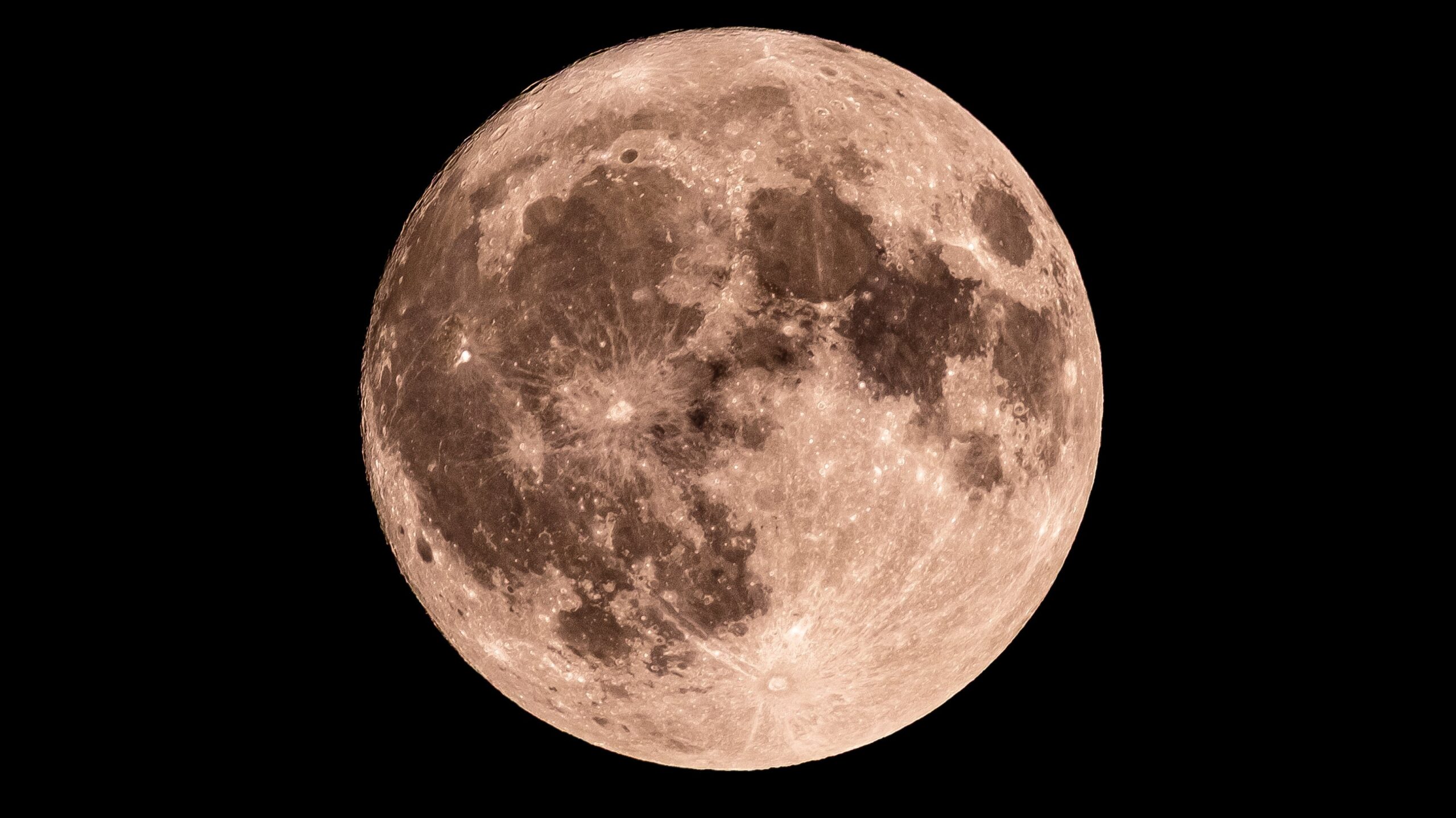Science
Discover the Moon Phase Tonight: Waning Gibbous on September 12

As of September 12, 2025, the moon is in the Waning Gibbous phase, illuminated at 71% visibility from Earth. This phase occurs on day 20 of the lunar cycle, which spans approximately 29.5 days according to NASA. During this time, the moon gradually becomes less visible each night, though it remains a prominent feature in the evening sky.
The Waning Gibbous phase allows observers to see various lunar features without the need for specialized equipment. Notable sights include the Mare Vaporum and the Kepler Crater. For those equipped with binoculars, the Apennine Mountains, Gaessendi Crater, and Mare Humorum are also visible. Using a telescope enhances the experience further, revealing the historic landing sites of Apollo 11 and Apollo 16, alongside the Rima Ariadaeus.
Understanding Moon Phases
Moon phases result from the changing angles between the Sun, Moon, and Earth as the moon orbits our planet. This cyclical process leads to various visible shapes, commonly referred to as phases. The moon appears to change shape because we always see the same side illuminated differently depending on its position in relation to the sun.
There are eight primary moon phases in this cycle:
– **New Moon**: The moon is positioned between Earth and the sun, rendering it invisible.
– **Waxing Crescent**: A small illuminated sliver appears on the right side.
– **First Quarter**: Half of the moon is lit, resembling a half-moon.
– **Waxing Gibbous**: More than half is illuminated but not yet full.
– **Full Moon**: The entire face of the moon is bright and fully visible.
– **Waning Gibbous**: The moon starts to lose light on the right side.
– **Last Quarter**: Another half-moon, now with the left side lit.
– **Waning Crescent**: A thin sliver of light remains on the left before it disappears again.
Looking Ahead: Upcoming Lunar Events
The next full moon is set to occur on October 6, 2025, following the full moon that took place on September 7. This upcoming full moon will mark another significant point in the lunar cycle, offering a splendid view of the moon’s fully illuminated surface.
As the moon continues its journey through the cycle, enthusiasts and casual observers alike can enjoy the beauty of the night sky and the celestial wonders it holds. With each phase, the moon provides a unique opportunity to explore and appreciate the natural world beyond our planet.
-

 World5 months ago
World5 months agoSBI Announces QIP Floor Price at ₹811.05 Per Share
-

 Lifestyle5 months ago
Lifestyle5 months agoCept Unveils ₹3.1 Crore Urban Mobility Plan for Sustainable Growth
-

 Science4 months ago
Science4 months agoNew Blood Group Discovered in South Indian Woman at Rotary Centre
-

 World5 months ago
World5 months agoTorrential Rains Cause Flash Flooding in New York and New Jersey
-

 Top Stories5 months ago
Top Stories5 months agoKonkani Cultural Organisation to Host Pearl Jubilee in Abu Dhabi
-

 Sports4 months ago
Sports4 months agoBroad Advocates for Bowling Change Ahead of Final Test Against India
-

 Science5 months ago
Science5 months agoNothing Headphone 1 Review: A Bold Contender in Audio Design
-

 Top Stories5 months ago
Top Stories5 months agoAir India Crash Investigation Highlights Boeing Fuel Switch Concerns
-

 Business5 months ago
Business5 months agoIndian Stock Market Rebounds: Sensex and Nifty Rise After Four-Day Decline
-

 Sports4 months ago
Sports4 months agoCristian Totti Retires at 19: Pressure of Fame Takes Toll
-

 Politics5 months ago
Politics5 months agoAbandoned Doberman Finds New Home After Journey to Prague
-

 Top Stories5 months ago
Top Stories5 months agoPatna Bank Manager Abhishek Varun Found Dead in Well









